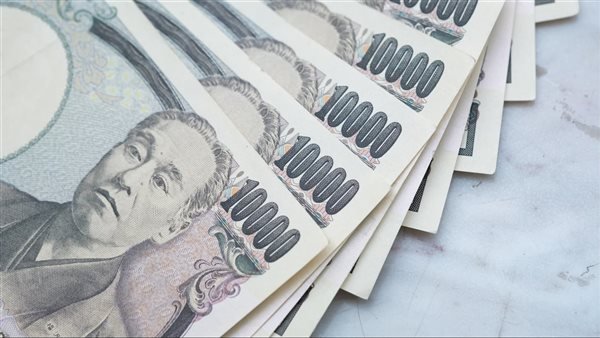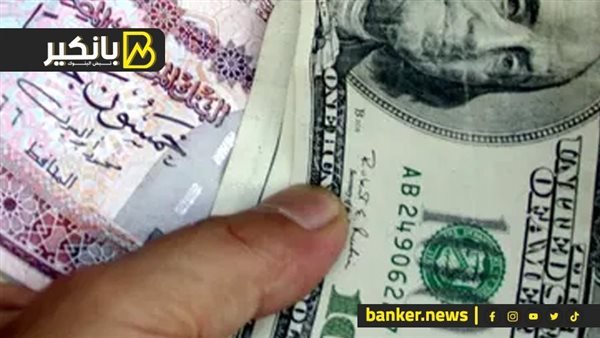
The dollar rose against the yen on Monday after the Japanese central bank governor signaled further monetary policy tightening but left open the issue of timing, leaving the market with no clarity on whether the move will come next month.
Bank of Japan Governor Kazuo Ueda stressed that interest rates will continue to rise gradually if the economy develops in line with the central bank’s expectations.
But he did not say whether the increase would come in December, saying the Bank of Japan would need to pay attention to various risks, including the US economy.
Later in a press conference, Ueda added that they would not wait for clarity on all risks before moving on interest rates, and that a delay may ultimately require more aggressive increases.
This leaves the market 54% expecting a quarter-point increase at the next policy meeting on December 19, which is little changed from before the speech.
It was his first opportunity to speak directly about monetary policy since Donald Trump won the US presidential election on November 5, leading investors to question whether he would be more specific about the prospects for raising interest rates.
The lack of clear guidance sent the dollar up 0.35% to 154.72 yen, off Friday’s low of 153.86 and retreating late last week after Japanese Finance Minister Katsunobu Kato warned the market on Friday of potential intervention if the yen falls too much, too quickly.
This pullback has helped stabilize the euro for now at $1.0540, although it remains uncomfortably close to its one-year low of $1.0496.
Against a basket of currencies, the dollar settled at 106.660, after touching a one-year high of 107.07 on Friday.
The index rose 1.6% over the week, recording six weeks of gains in the past seven weeks.
The rise coincided with sharp swings in 10-year Treasury yields, which have risen 70 basis points since the start of October, leading to a 5.4% rise in the US dollar index.
Analysts generally assume that Trump’s promoted policies of tariffs, reduced immigration, and debt-financed tax cuts will be inflationary, limiting the scope for further interest rate cuts by the Fed.
Futures point to a 60% probability of a quarter-point Fed easing in December, and have just 77 basis points of cuts by late 2025, compared to more than 100 a few weeks ago.
At least seven Fed officials are scheduled to speak this week and traders assume they will sound cautious about aggressive cuts.
A number of European central bankers are also speaking out this week and may sound more pessimistic given recent weak economic data and the risk of tariffs hitting EU trade.
The data calendar for the US is light this week, but the UK, Japan and Canada are due to release important inflation reports, while manufacturing surveys due late in the week will provide a clue to how sentiment is faring after the US election.



